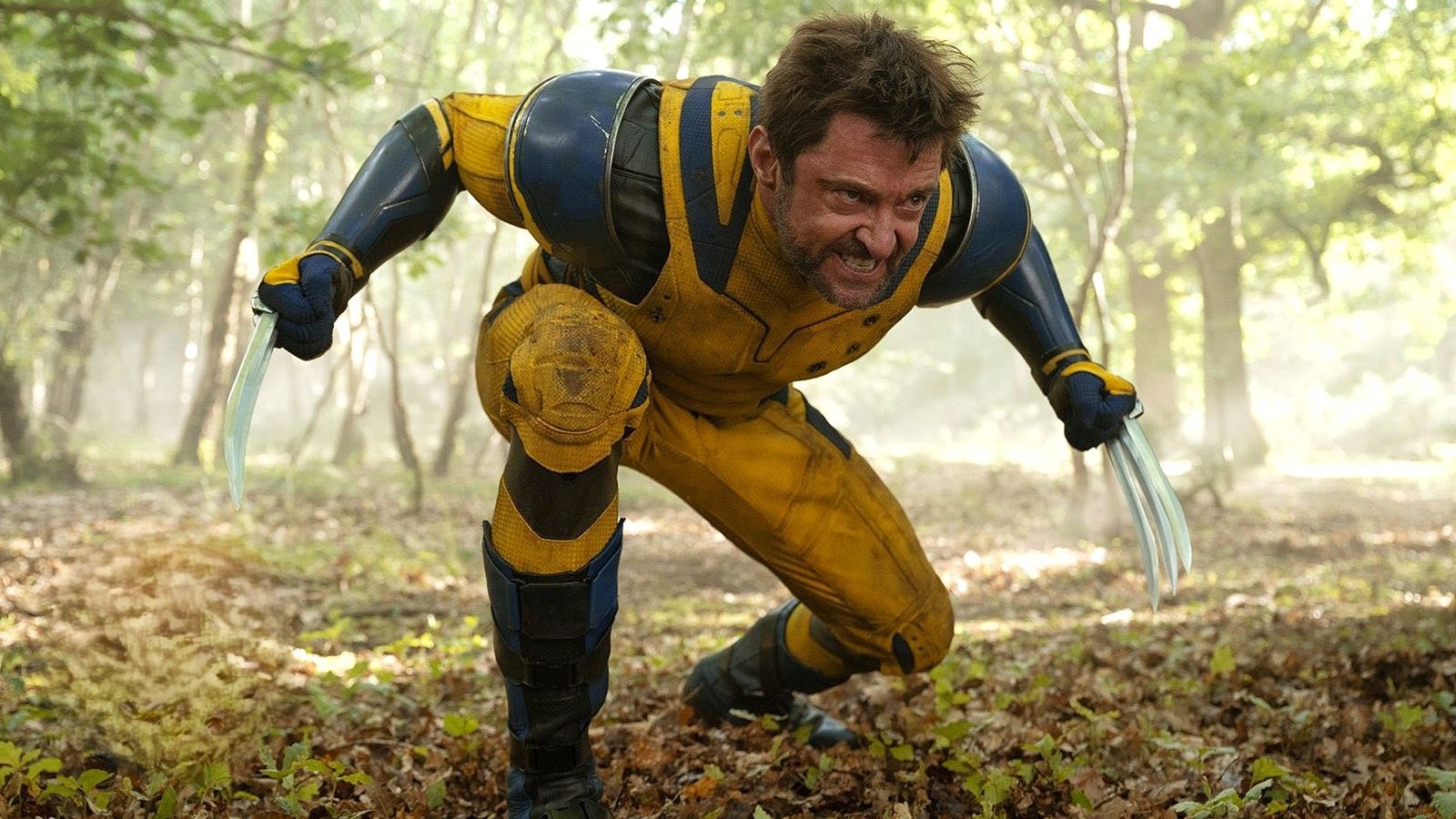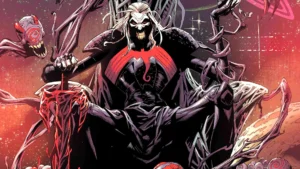Wolverine, also known as Logan, stands as one of the most complex and compelling characters in the Marvel universe. Famed for his unbreakable adamantium skeleton and rapid healing abilities, Wolverine’s turbulent past and relentless pursuit of justice have cemented his status as a fan favorite. Beyond his formidable physical attributes, it is his deeply human struggles and moral conflicts that resonate with audiences worldwide. This article explores the intricate layers of Wolverine’s abilities, history, and the indomitable spirit that makes him more than just a superhero—he is a legend.
Mutants, thanks to the X-Gene in their body, exhibit a variety of physical features that distinguish them from one another and even classify them at various levels. Wolverine is one of the beta-level mutants, which exhibit minimal physical changes and do not have complete control over their mutations. In Wolverine’s case, he has no control over his healing factor; it is always engaged regardless of his actions, confirming that he is a mutant. In some cases, he even attempts suicide but is unable to do so due to his uncontrollable healing factor.
Taking advantage of his healing factor, you may also understand how Wolverine has aged much slower than others. The man was born around 1880 in Canada; thus, he is approximately 145 years old and has witnessed the majority of key historical events since then. He served in World War I with the Canadian Army and again in World War II, alongside Captain America and Bucky. This makes him one of the oldest mutants, along with Mystique, Mr. Sinister, and Sabertooth, but he is still younger than Apocalypse, the mutants of Araco, and Selene.
Despite his advanced age, he has a significantly longer life expectancy since, as previously stated, he ages slowly. In several possible universes, he is one of the heroes who survive, along with The Thing, Hulk, and Gamma characters in general. Logan journeyed across China and Japan after World War II before being kidnapped for the X-Men experiment, which involved injecting adamantium into his skeleton to create the perfect living weapon. This enhancement maximized all of his abilities, including his previously mentioned healing factor and retractable claws, which became more dangerous than ever.
Speaking of his other abilities, two stand out: incredible strength and claws. Wolverine is powerful enough to support the weight of his now-metal-coated body while running at high speeds, performing gymnastics, and lifting up to two tons. He is not a heavyweight, thus he cannot lift buildings or destroy structures with his blows, but he is powerful enough to uproot trees and defeat dozens of people with a single arm. He has also been seen jumping approximately 30 meters without difficulty, a stunning feat of strength and agility in which he excels as well. He has three claws in each arm, which retract into his forearms and shred through flesh and muscle before emerging. While they were still composed of bone, they could pierce humans, rocks, and even steel, but after bonding with adamantium, their power increased dramatically, allowing them to harm beings like the Hulk.
Returning to the healing factor, which was also enhanced in the process, he can heal from almost anything instantly. This enables him to compete against heavyweights on an equal basis, where he may not match their strength but outperforms them in resilience. He can regenerate limbs (arms and legs), organs, and even his skeleton without difficulty. He is also nearly impervious to poisons. He swallowed a poison capable of killing up to 20 men without being troubled, yet excessive amounts can still cause him to become disoriented. In a struggle against vampires, he has also demonstrated that he cannot be transformed because his healing factor works faster than the vampiric metamorphosis.

However, it is not all roses. His ability to heal is also affected by his physical condition. If he doesn’t rest or eat, his healing factor gradually declines. In other alternate realities, as he becomes older, his regeneration process slows. His supersenses, on the other hand, are unaffected by rest or aging. Wolverine is an ideal predator, especially given his extremely acute sense of smell. He can see long distances with complete clarity, see in very low light conditions, fight blindfolded thanks to his incredible hearing, and recognize and follow people based on scent. This makes it difficult for shape-shifting individuals to catch him off guard, as they can change their appearance but not their fragrance, which identifies them.
Wolverine has frequently been employed as a lie detector, detecting changes in someone’s heart rate when they lie. His reflexes are also amazing. Wolverine has repeatedly proven his ability to avoid point-blank gunfire, despite the fact that he does not need to do so due to his resilience. Speaking of resilience, he is not only physically tough but also mentally strong. Professor Xavier placed level 9 shields in his brain, which, paired with his enormous willpower, make him extremely difficult to control. Contrary to popular belief, Wolverine’s brain is well developed, despite his outward appearance.
What would be more powerful than the character’s brain and abilities? Logan is one of Marvel’s most effective strategists. A Chinese emperor once asked him to teach the art of war. One of the best mutant minds described his brain as a highly advanced computer, with neuron functions beyond those of any human athlete. Logan can also battle in practically any martial arts style on the planet, having mastered 28 different types of Kung Fu and pressure point strikes. This talent is not restricted to humans; he studied Gladiator’s race to apply pressure points to his offspring, Kid Gladiator. He can mitigate the detrimental consequences of Chi-based attacks by regulating his thoughts and emotions.
He’s also an excellent weapons user, particularly with swords, and uses fencing methods such as Kenjutsu. He’s an accomplished assassin who, thanks to his time with the CIA and S.H.I.E.L.D., understands how to pilot various vehicles and hack computer systems. Because of his lengthy existence, he can speak various languages, including Russian, Arabic, English, Chinese, Japanese, Spanish, French, Thai, German, Vietnamese, Lakota, and Portuguese. He also possesses animal empathy, which is rarely remembered, meaning he can understand the emotions of the animals around him and connect with them in a very basic way.
But what if I told you that all of this represents a weaker version of the character? Because it is. The inflammation of adamantium in his body prevented his mutation from properly developing because his healing factor was continually attempting to expel it. Wolverine’s greatest strength is his metal skeleton. However, his greatest strength also presents a significant vulnerability. Scientifically, Wolverine’s adamantium skeleton makes him susceptible to magnetic fields, a weakness exploited by enemies like Magneto who can manipulate metal. When Magneto extracted the metal from his bones, he nearly died. His power was tested, and he reawakened the savage Wolverine. This metamorphosis almost entirely strips the hero of his sanity, transforming him into a true beast; yet, his physical power increases, with his claws becoming longer, fangs sharper, senses even more heightened, and him attacking with his entire body like a true animal.

Marvel eventually reinstated adamantium and deleted this form. Even with his thoughts controlled, Wolverine frequently loses control and goes insane. In this form, he assaults anything and everyone he sees, almost killing Iron Man. If Tony Stark hadn’t predicted that he’d be assaulted lethally and had his helmet pierced by metal claws, Wolverine is one of the mutant heroes with the greatest anti-heroic morality. That’s because he puts humanity and mutants first, and he’s willing to kill to keep everyone safe.
Despite all, particularly his healing factor, Wolverine has flaws that may be exploited, and he can die. Starting with vulnerabilities, certain objects that prevent regeneration will undoubtedly kill him if they strike him. The Muramasa Blade is an excellent illustration of this. It is a magical blade designed expressly to keep opponents from regenerating. When he suffered a minor cut from the blade, it took him five days to heal. Another weakness is water. Because his body is so heavy, he has repeatedly stated that if he falls into the sea, he will drown endlessly, and other heroes have had to rescue him when this occurs. Some compounds are toxic to him, like certain forms of adamantium, which cause him severe pain, and carbonadium. Professor Xavier speculates that he could be killed if his head were severed from his neck, which is difficult to do due to the adamantium. He also experiences severe pain as a result of sensory overload, such as hearing extremely loud noises. The Hulk’s sonic clap is incredibly powerful against him, although his healing factor appears to be able to protect him from it as well.
Wolverine is not just a testament to the resilience of the human (and mutant) spirit but also a character study in contradictions. His life, marked by both indomitable strength and profound vulnerabilities, underscores the existential dilemmas of near-immortality. The scientific exploration of his weaknesses, such as his susceptibility to magnetic fields and the psychological effects of his near-endless life, paints a complex picture of a hero navigating both physical battles and internal struggles. Wolverine’s enduring appeal lies in this intricate blend of might and vulnerability, making him a perennial favorite in the Marvel universe.






